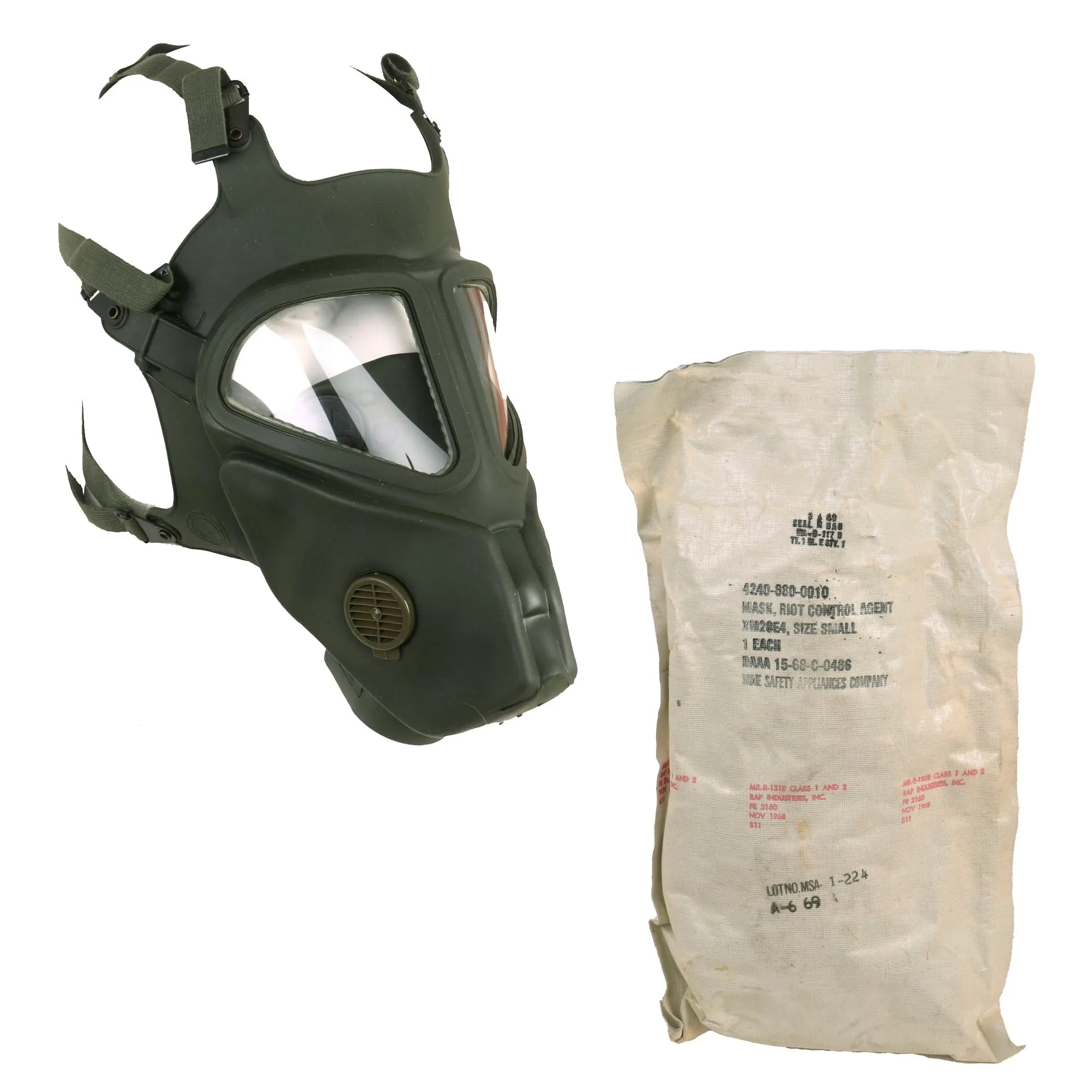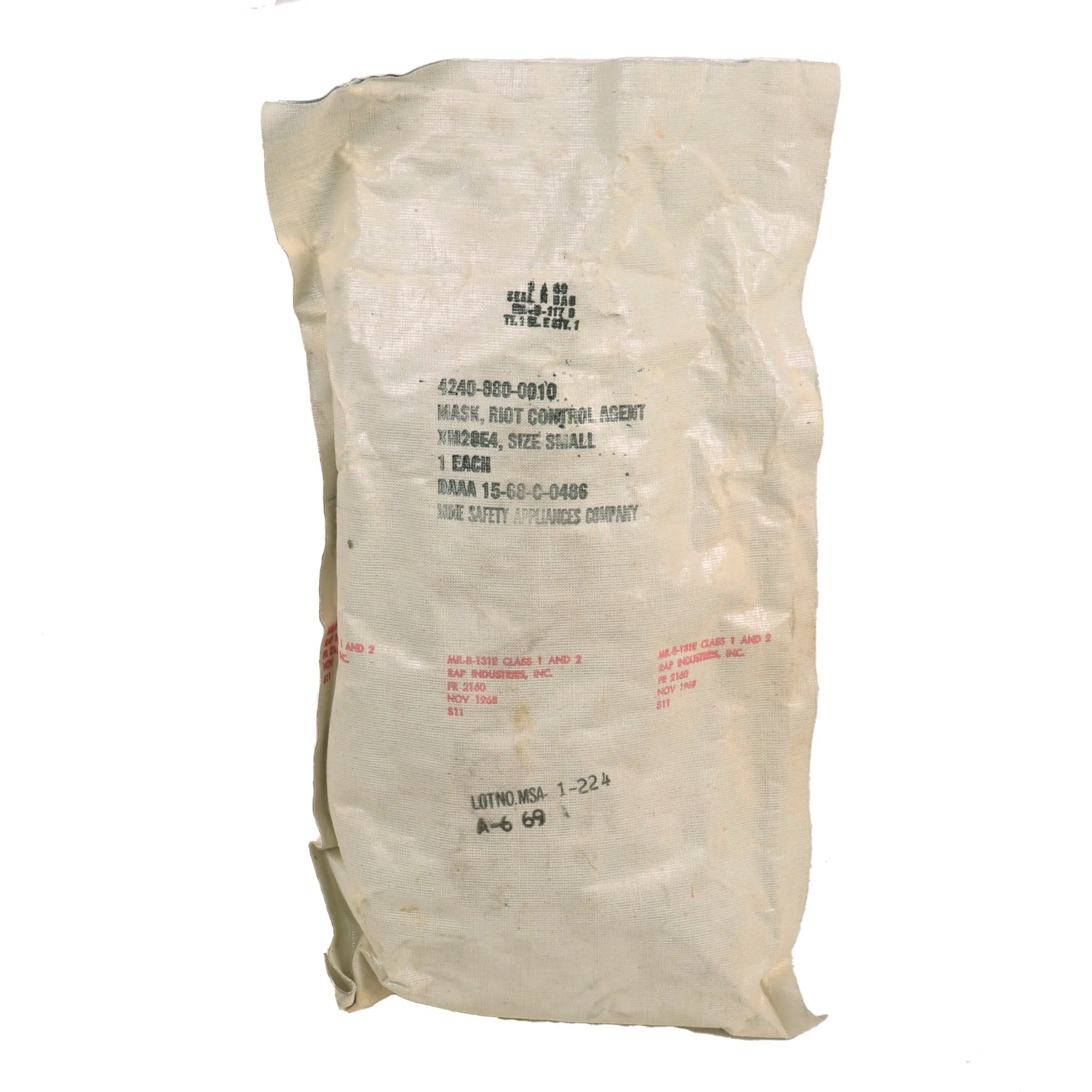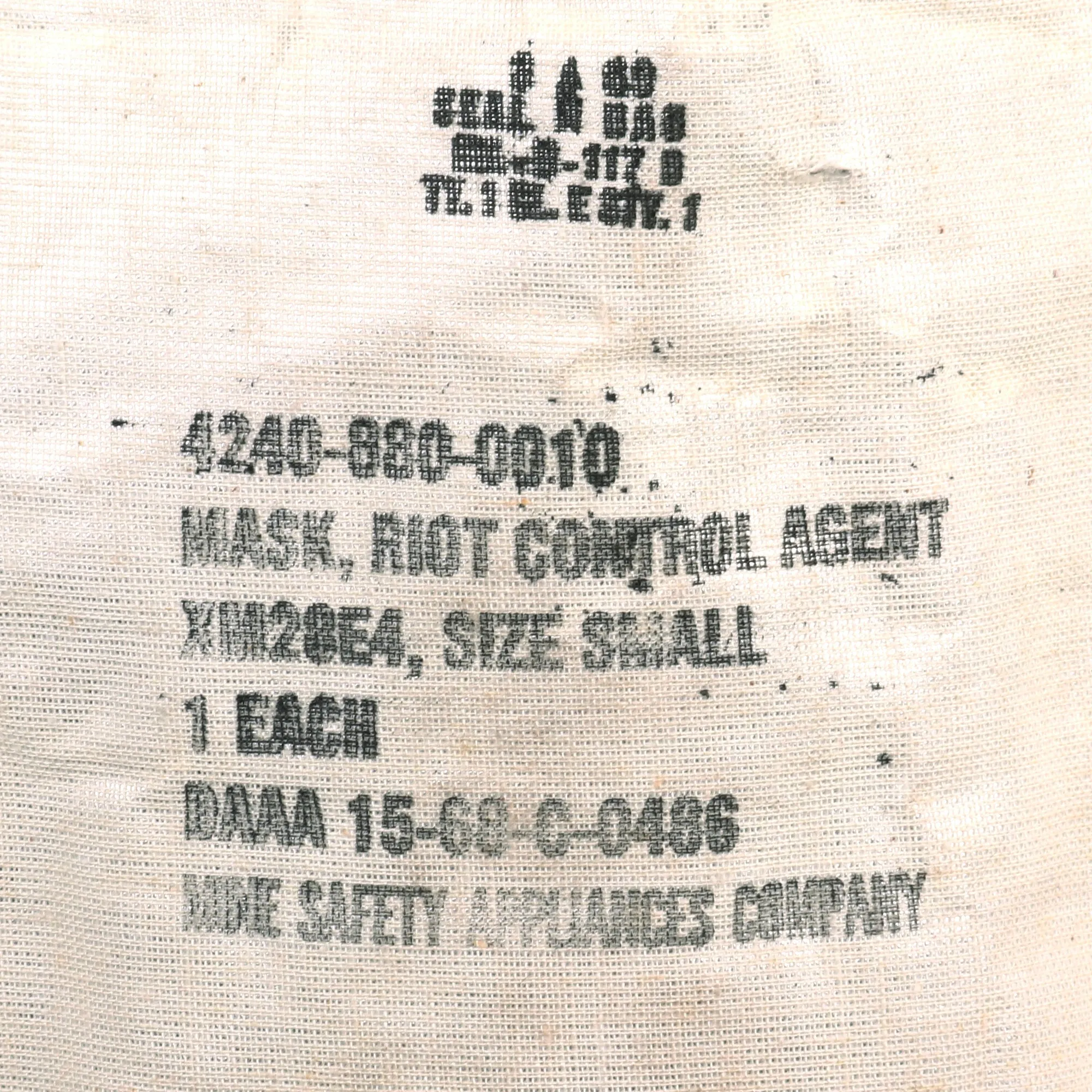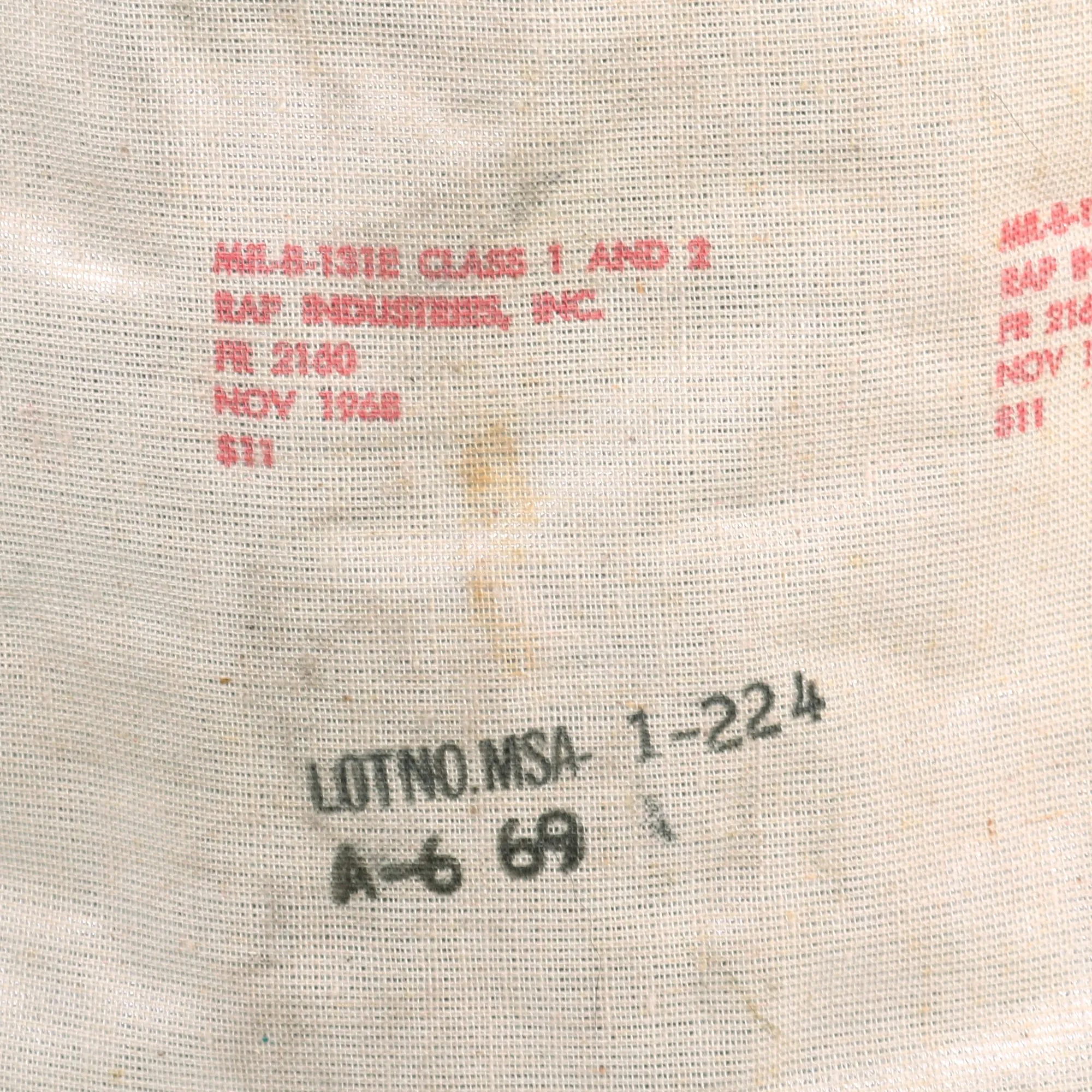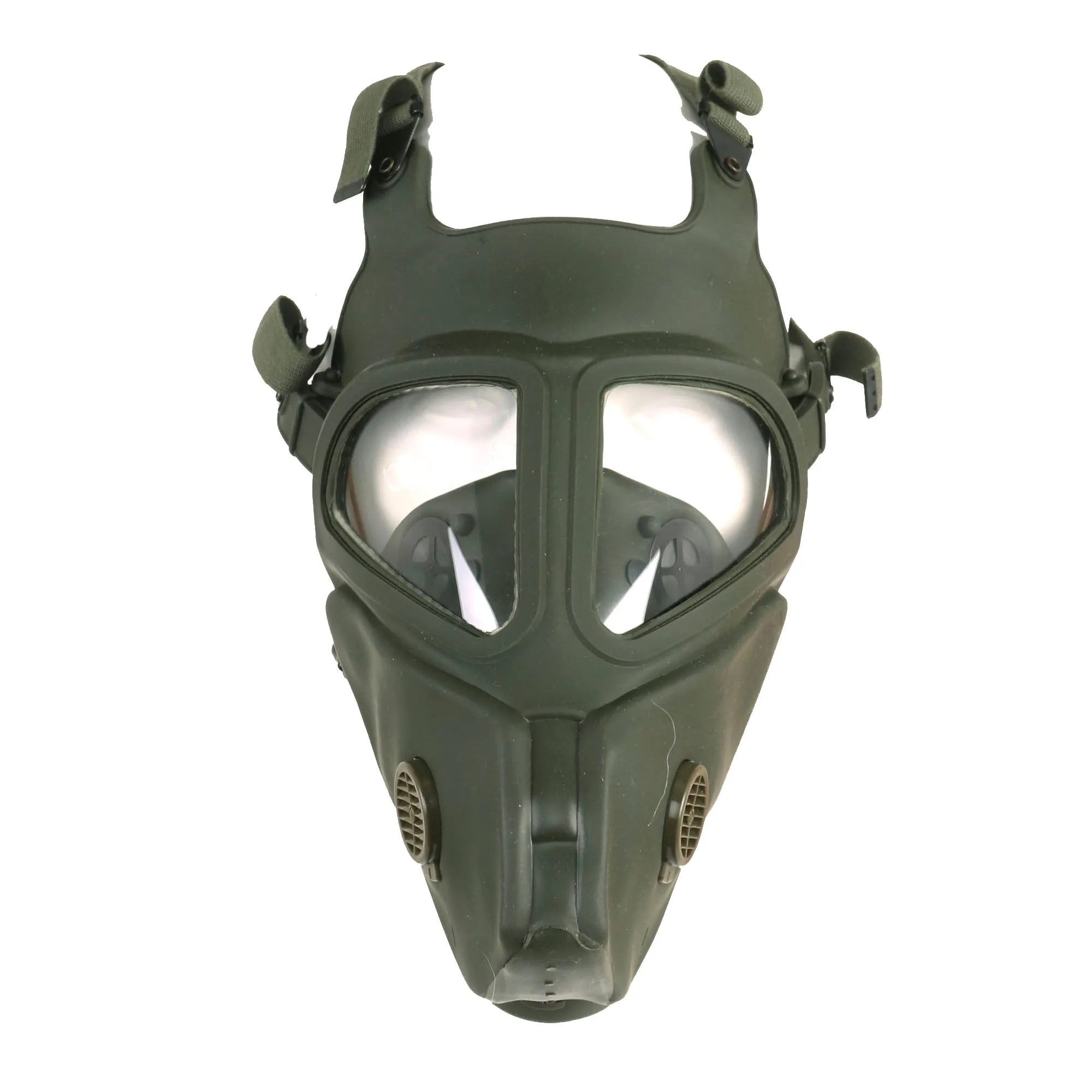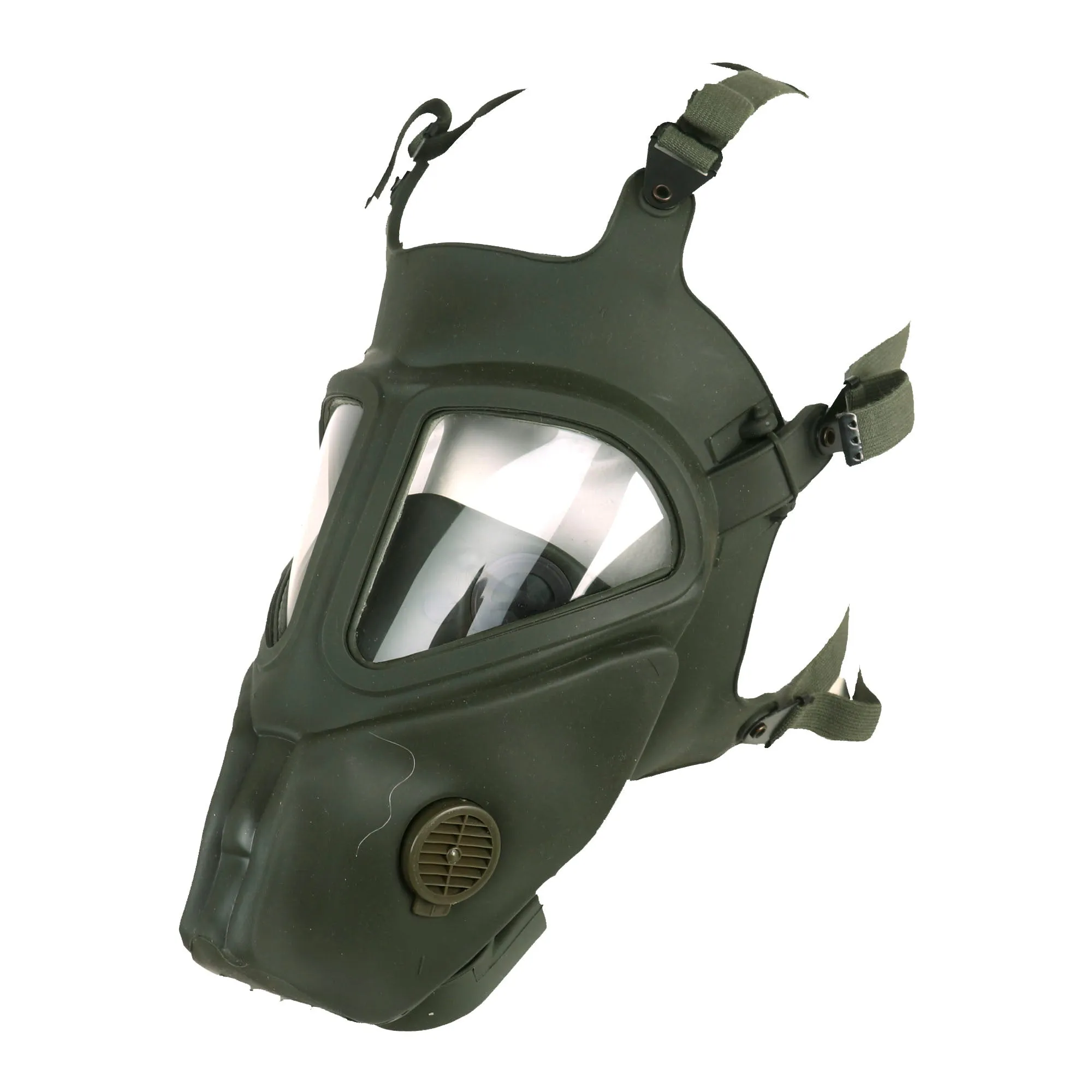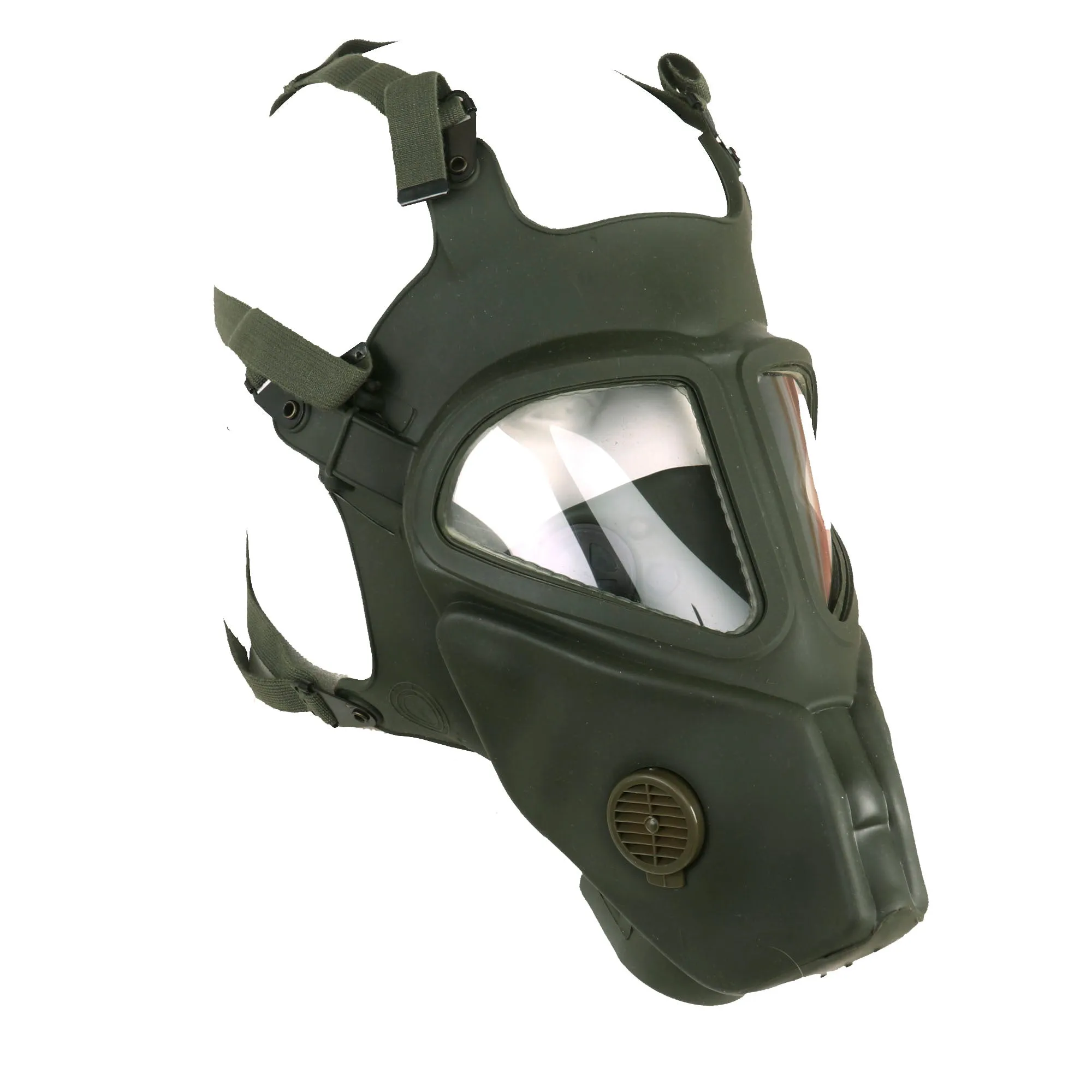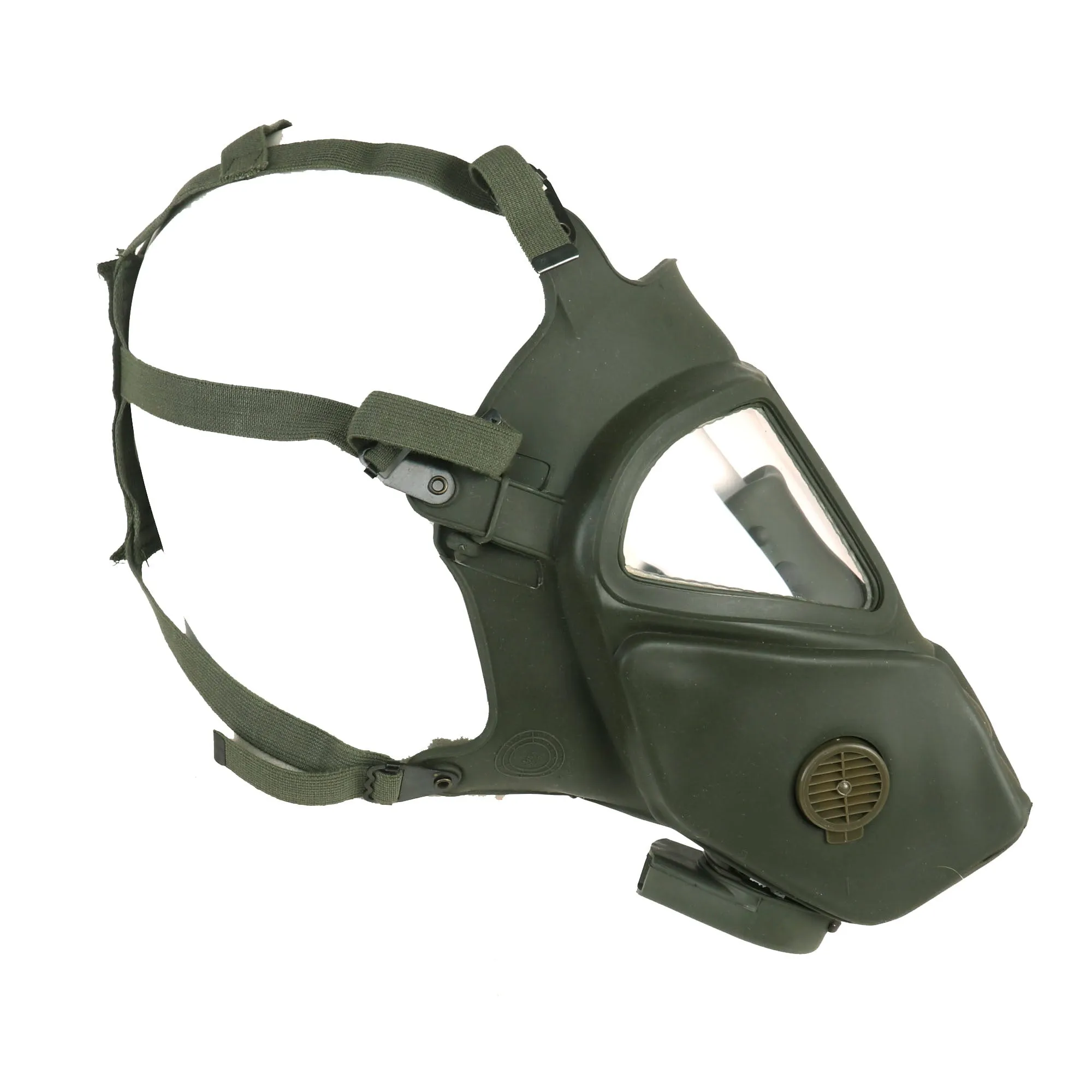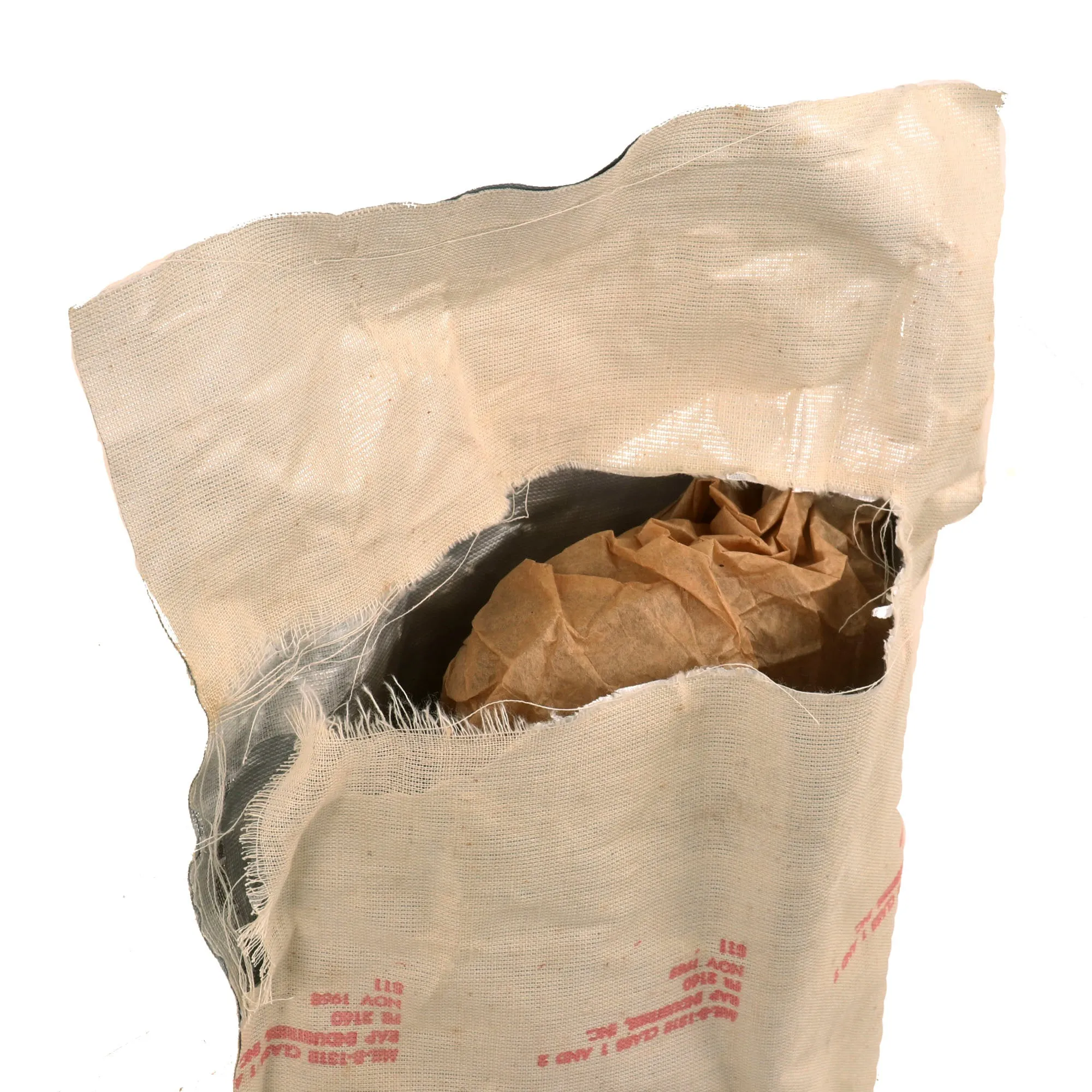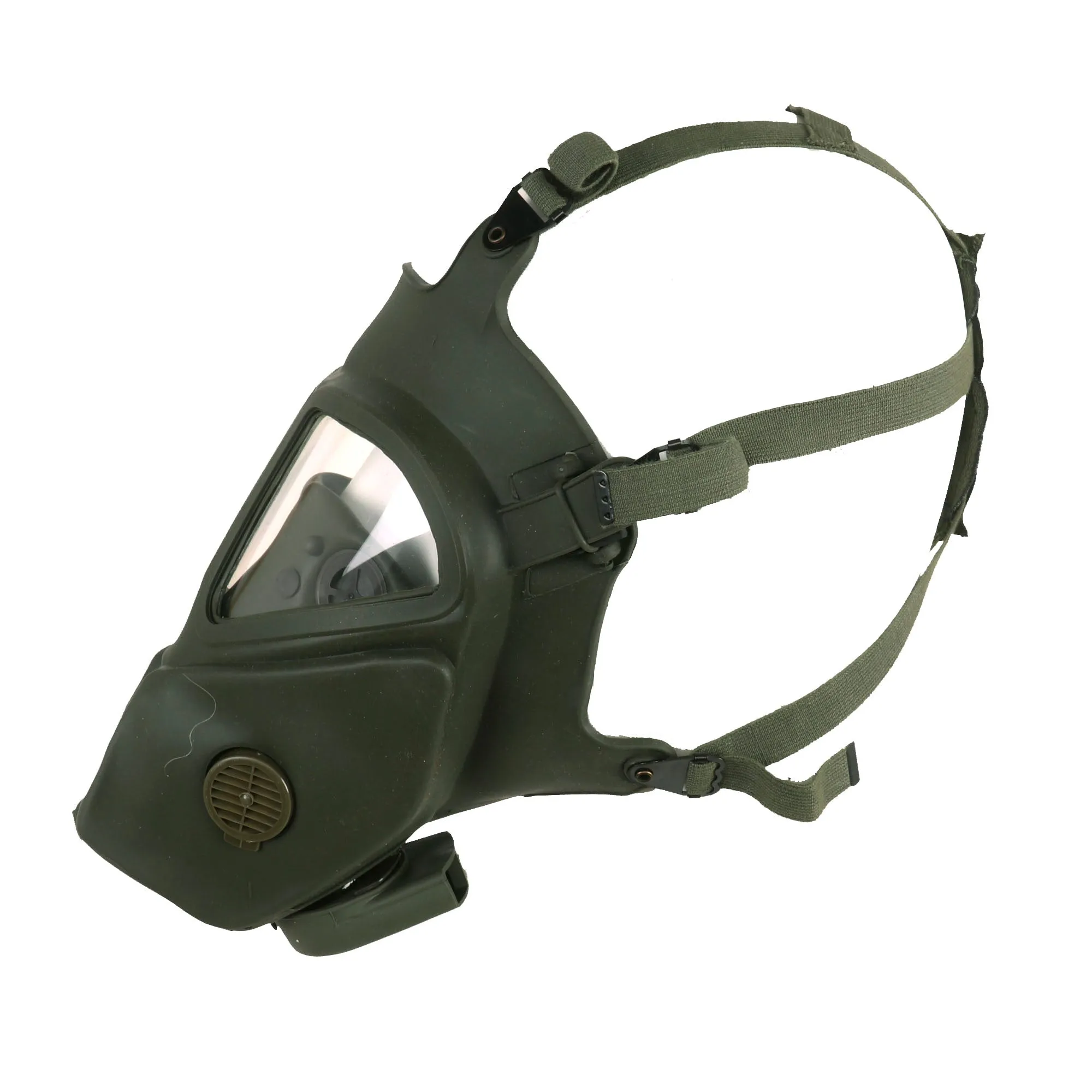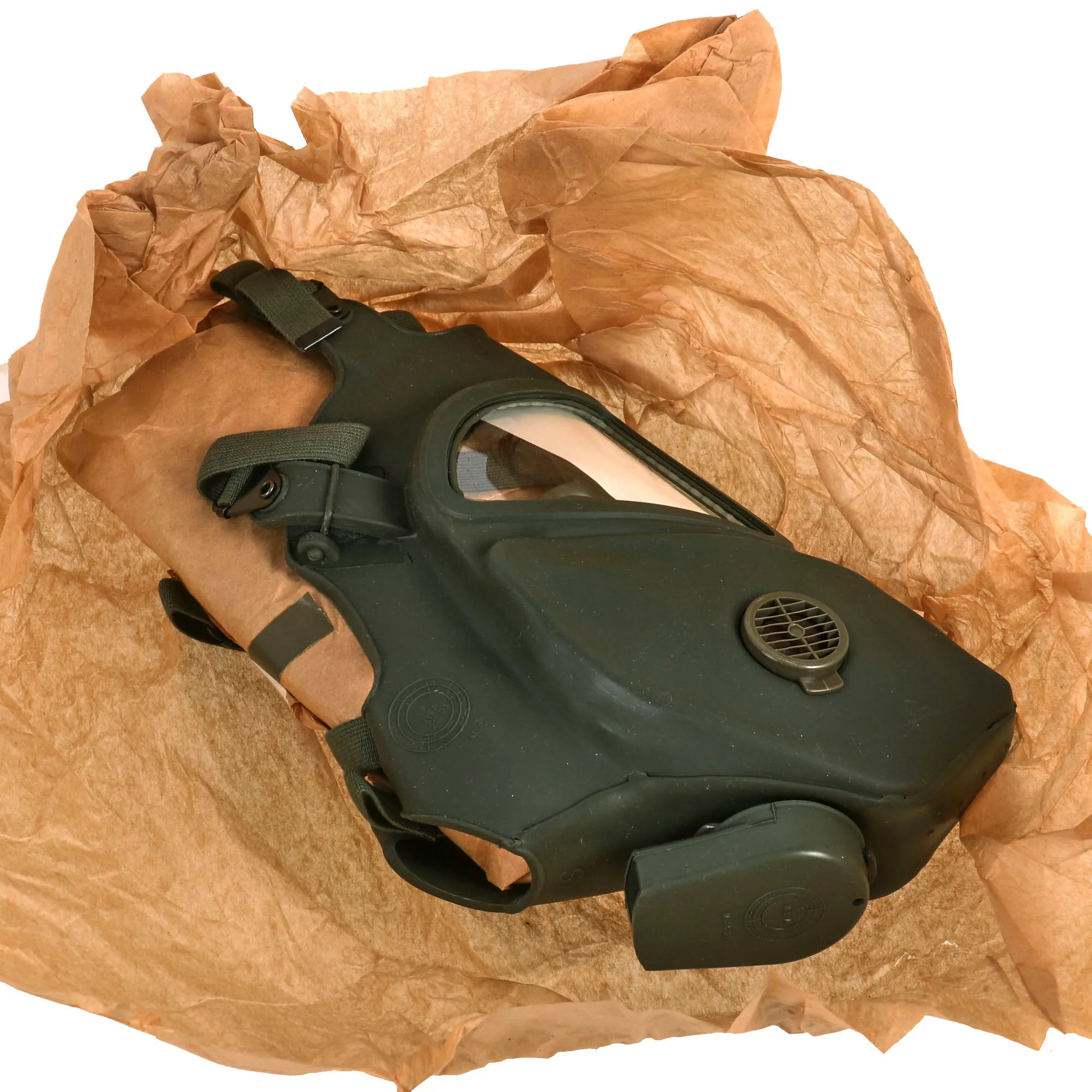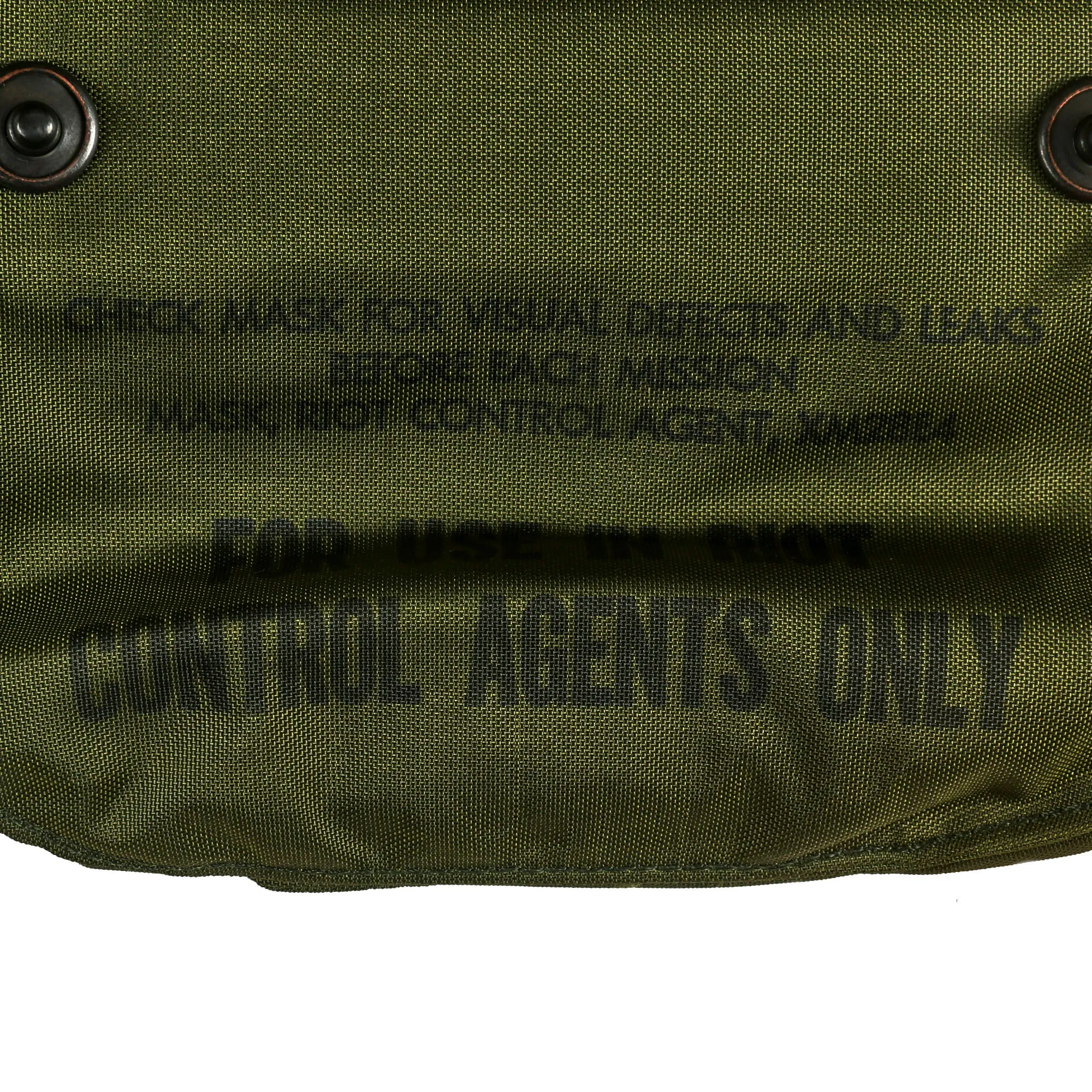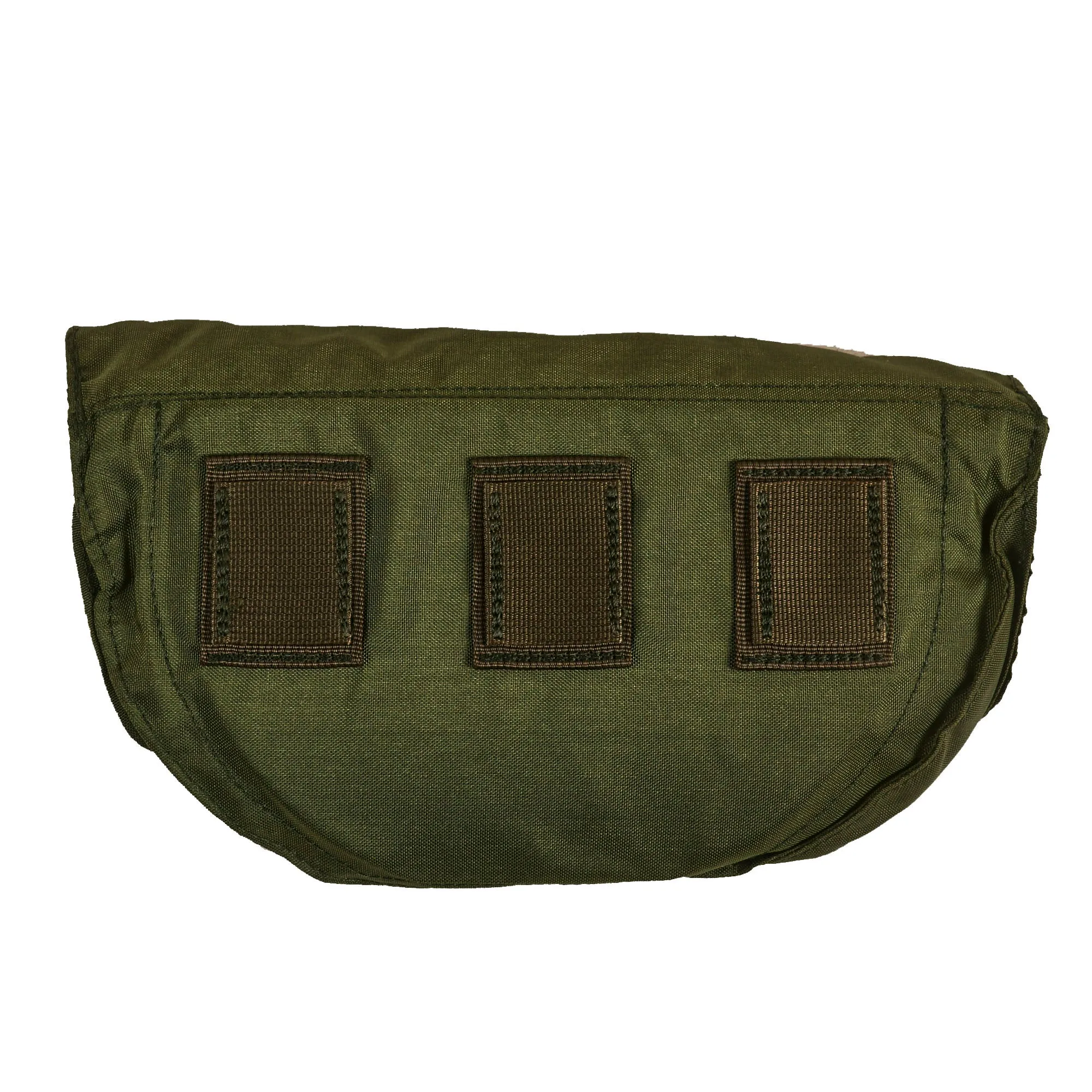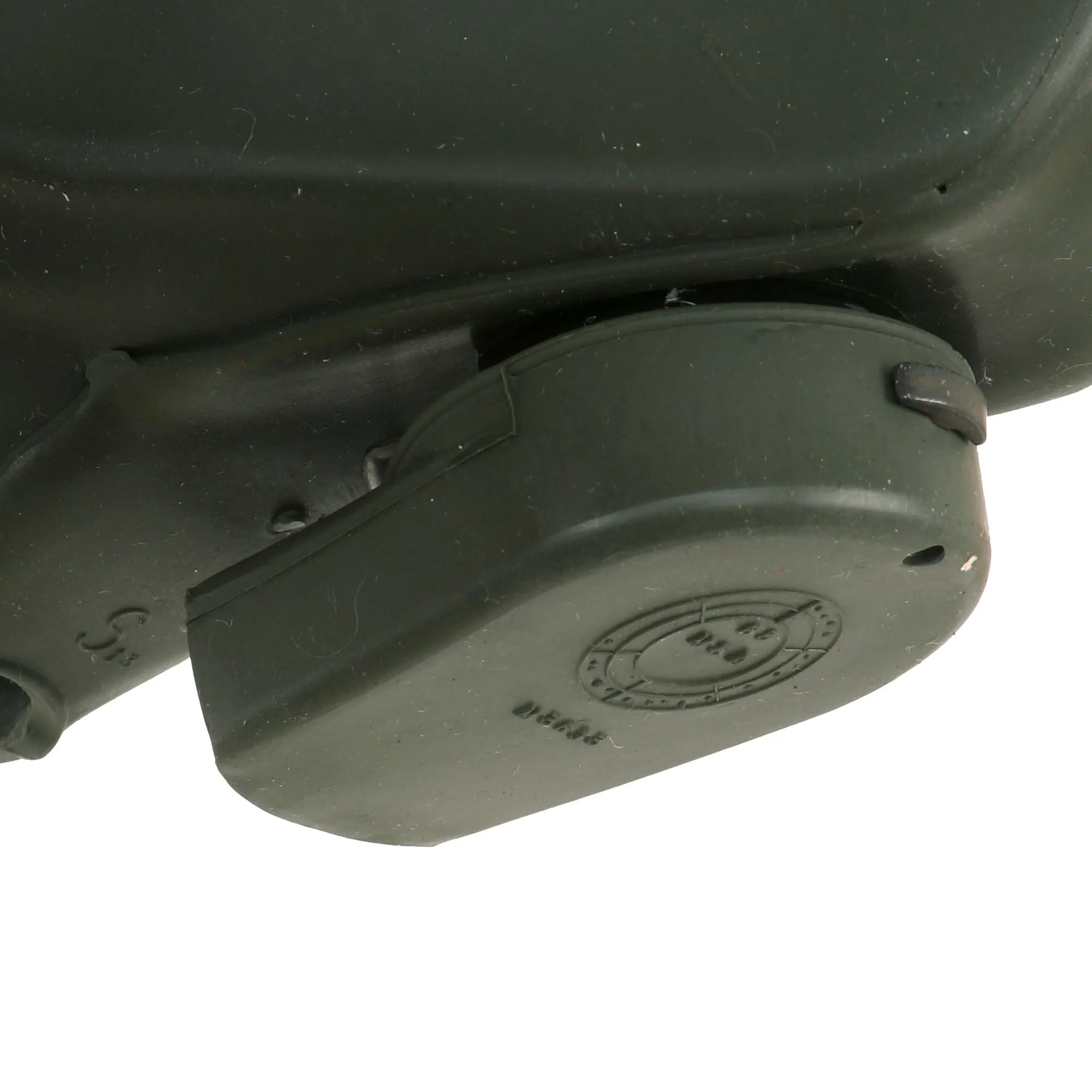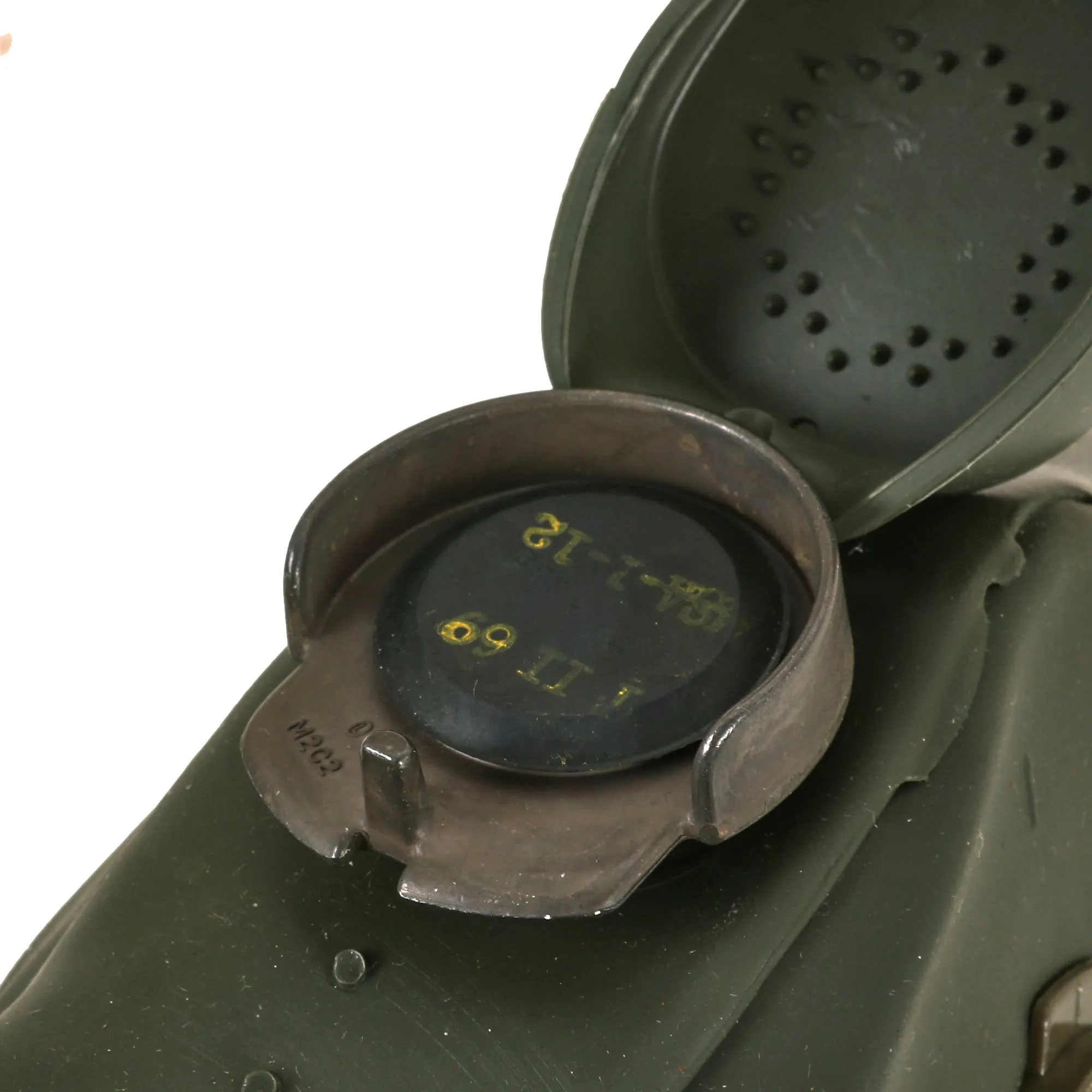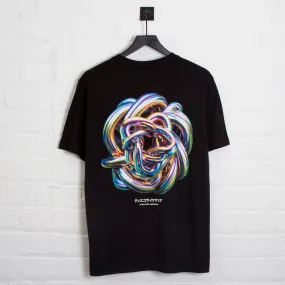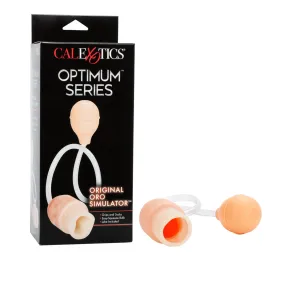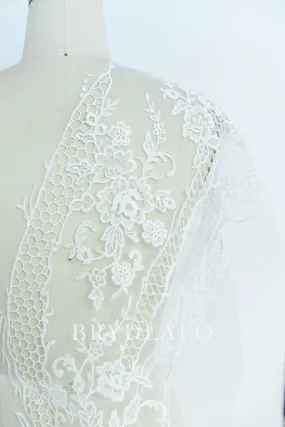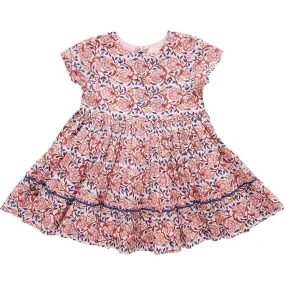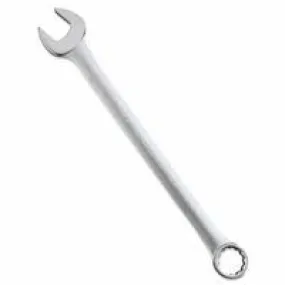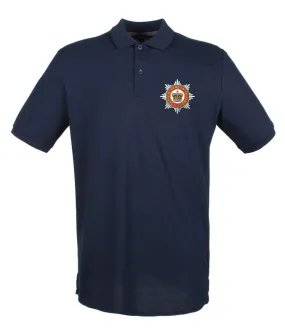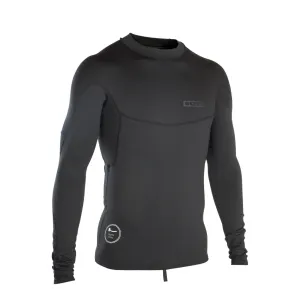Original Item. Only One Available. The XM28E4 “Grasshopper” Riot Control gas mask is a scarce mask made famous during the latter stages of the Vietnam War, when CS gas was used to flush out the Vietcong from their underground tunnels. This example is unissued and MINT, in its original packaging wrapped in its original paper. You’ll never find a better example!
This example is in phenomenal unissued condition. The mask is dated in several spots, with a maker’s mark MSA 69, for a date of 1969. The mask is almost entirely composed of silicone, with six small metal clasps connected to the cloth headstraps. The clasps are marked DOT underneath.
The original packaging reads
4240-880-0010
MASK, RIOT CONTROL AGENT
XM28E4, SIZE SMALL
1 EACH
DAAA 15-68-0-0486
MINE SAFETY APPLIANCES COMPANY
LOT NO. MSA 1-224
A-6 69
The mask is still wrapped in the original paper with its carrying case still wrapped and taped up in paper. There is also a large “saline” package and a card reading
PRIOR TO DONNING MASK
CHECK THAT
NOSE IS UPRIGHT
This is the greatest example of this mask that we have offered, and comes ready for further research and display. Don’t miss it!
History of the XM28E4
Due to the M17's excessive weight, the XM27 was essentially an M17 made out of transparent silicone instead of rubber(Xm27a2 was made of grey rubber , similar to that seen on ww2 US masks), and so was far more foldable than the original M17. It was also far lighter, a factor which proved beneficial to the troops in Vietnam. The XM27 weighed 1.1kg (2.5 pounds) while the XM28 weighed a far lower – 0.39kg (14 ounces).
Due to its improved flexibility, the XM27 could be packed into a small waterproof bag, instead of the larger canvas carrier bag the M17 used. The M17 was carried on the leg of the wearer, which meant there was a higher risk of exposing the mask and carrier bag to water when wading through bodies of water, and due to the mask's weight, the carrier bag would often slip down the side of the leg, resulting in filter damage from the exposure to water.
Both masks were developed in 1966, by Edgewood Arsenal when the 1st Cavalry and 1st Infantry Division requested a compact, lightweight protective mask. The XM27 was discarded because of its extra weight. Throughout a two year period the XM28 was upgraded 4 times (hence the E4 designation). Full-scale production of the XM28 began in 1968. Since very few XM27s were produced, finding an example of one is highly unlikely.
The XM28 was created as a defense against RCAs (Riot Control Agents) such as Tear Gas, as specified on its carrier bag. The mask was used when American troops used Tear Gas to clear out caves and tunnels systems, operated by the Viet cong.
The mask is molded of matte silicone, and used perspex lenses that are glued onto the mask. The mask fits on the head with a 6-point head harness. The exhale valve is located behind the chin. The mask’s shape allows it to be folded and placed in a small carrier bag which can be carried on a belt or on the soldier’s STABO harness. The mask had plastic strips on the inside to prevent its shape from being lost. Putting the mask into the carrier bag was frustrating to do as it is nearly impossible to properly fit it in.




